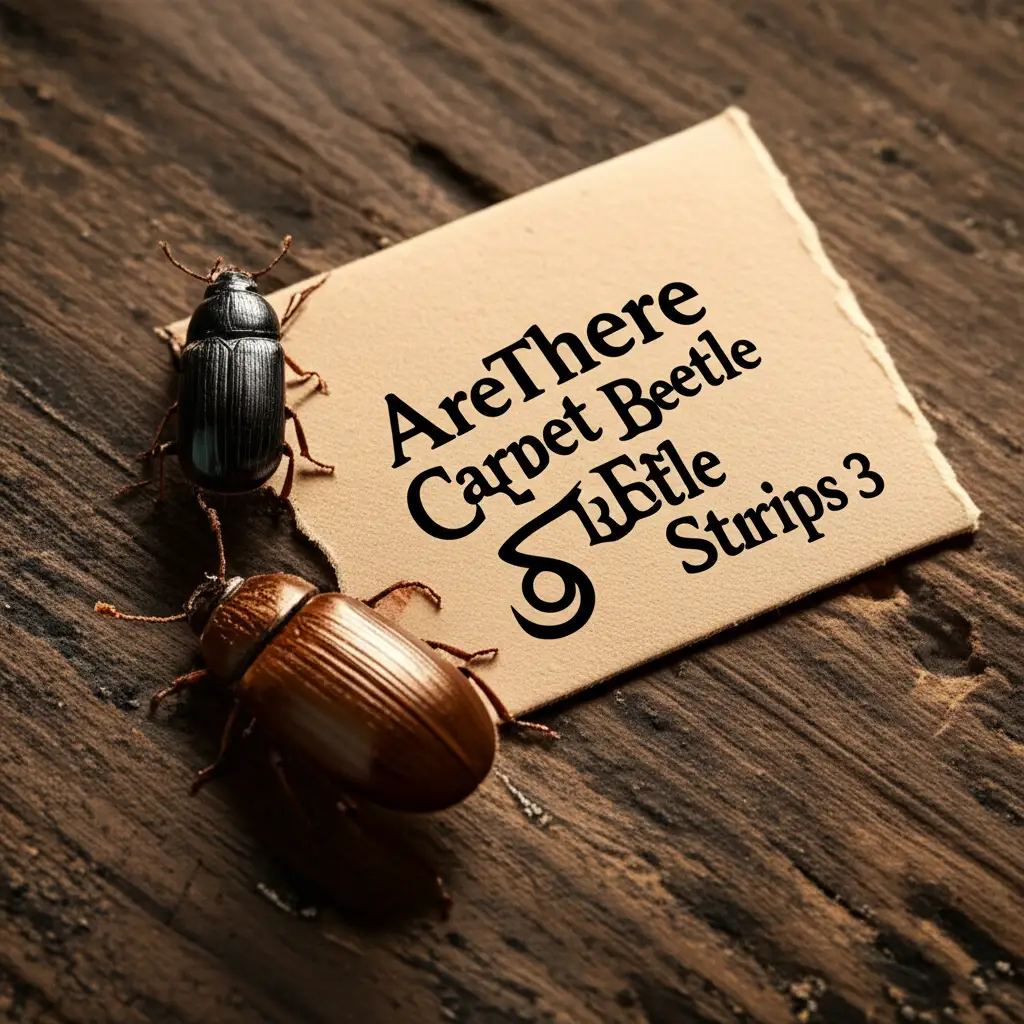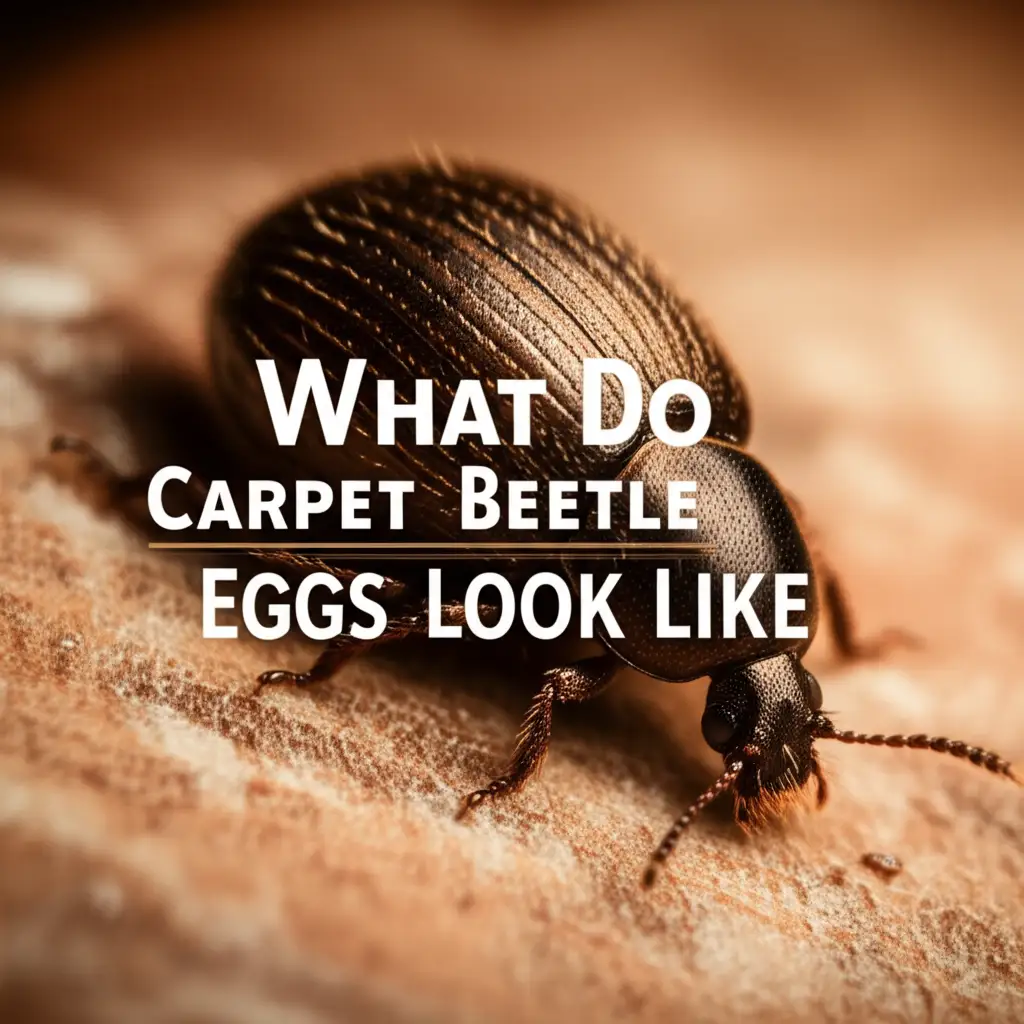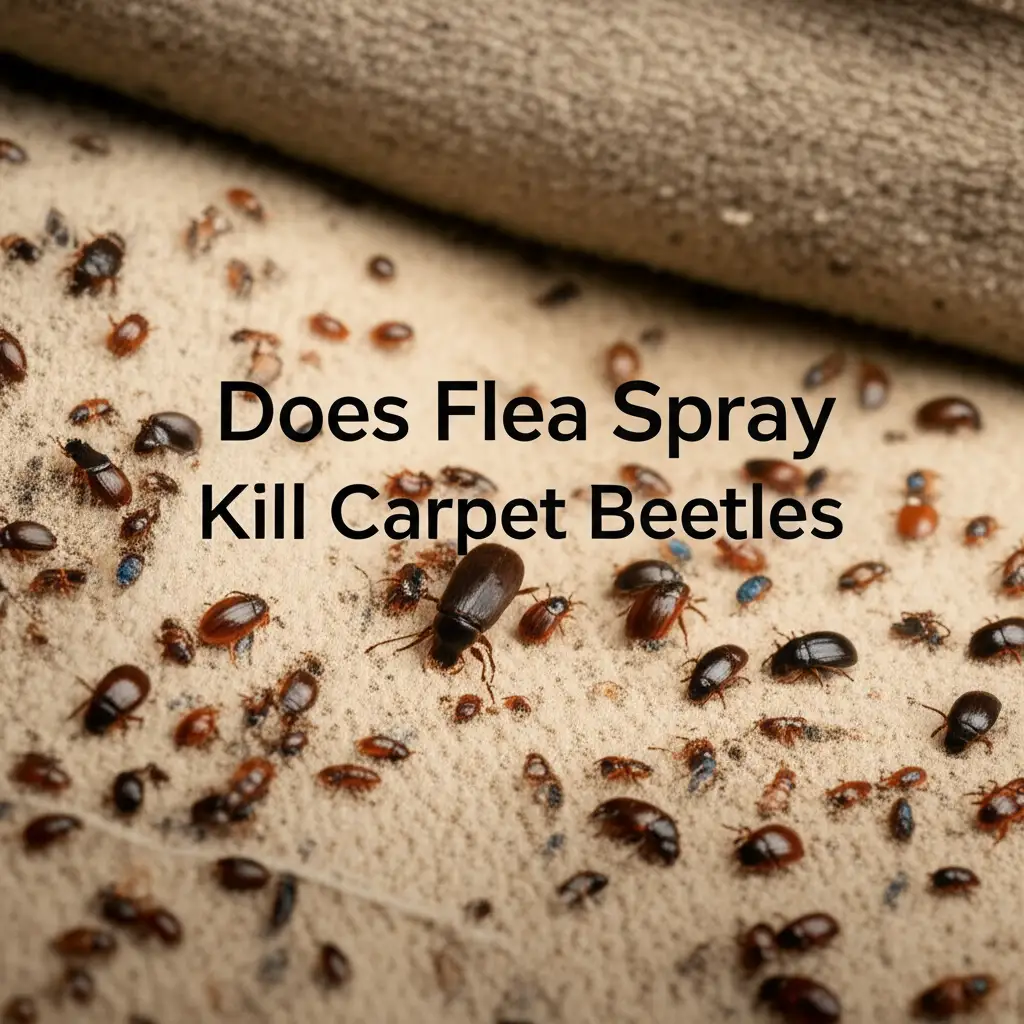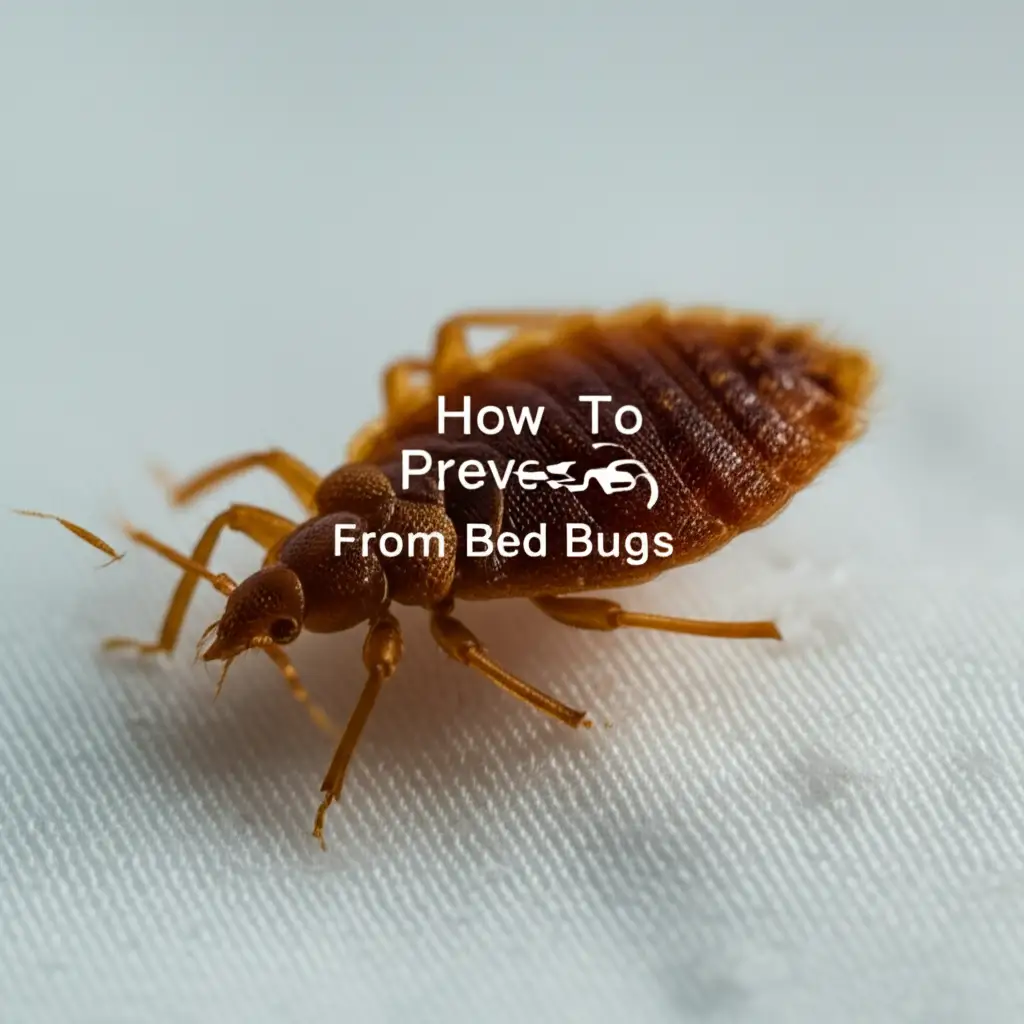· Liora Benning · Pest Control · 15 min read
Can Bed Bugs Survive In Plastic
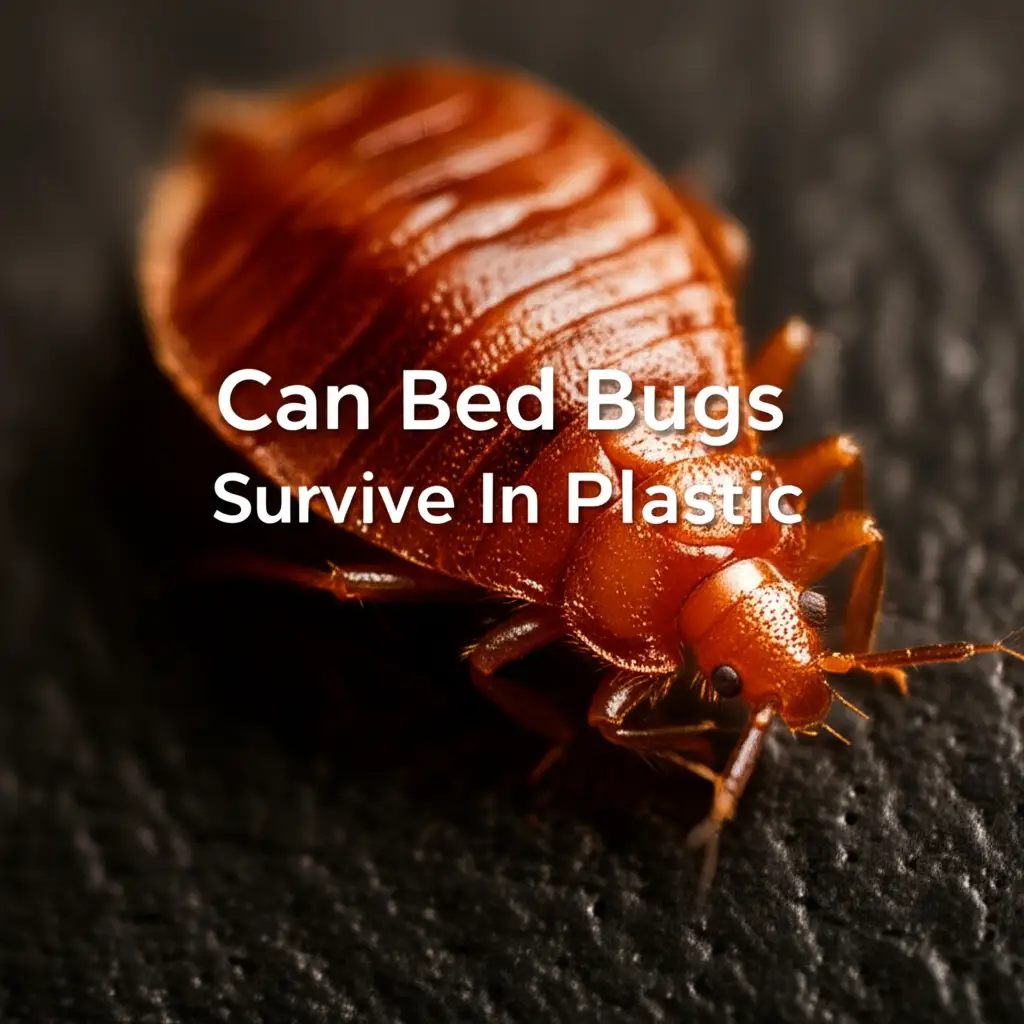
Bed Bugs and Plastic: Can They Really Survive?
You might wonder if storing items in plastic offers protection from bed bugs. Many people think plastic creates an impenetrable barrier against these persistent pests. The reality is more nuanced. Understanding how bed bugs interact with plastic is crucial for effective pest management.
I often get questions about plastic as a solution. It is not as simple as placing items in a bag. Bed bugs have remarkable survival skills. They can live for extended periods without food. This resilience makes them challenging to eliminate. This article explores how bed bugs survive in plastic. We will discuss the effectiveness of different plastic barriers. We will also look at methods to truly get rid of them.
Takeaway
- Plastic alone does not kill bed bugs.
- Sealed plastic deprives bed bugs of food and oxygen over time, eventually killing them.
- Temperature extremes are key to killing bed bugs quickly inside sealed plastic.
- Protective encasements are vital for mattresses and box springs.
- Regular inspection and maintenance are necessary for bed bug control.
Yes, bed bugs can survive in plastic, especially if it is not airtight or if conditions inside are favorable. They can live for many months without a blood meal, making simple plastic storage a temporary solution unless combined with other methods like temperature treatment.
The Truth About Bed Bug Survival in Plastic Containers
Many homeowners ask if plastic containers kill bed bugs. The simple answer is no, not directly. Bed bugs are tough insects. They can survive for a long time without feeding. This ability makes them very resilient pests.
Plastic containers offer a physical barrier. They do not instantly eliminate bed bugs. If you place items with bed bugs inside a plastic container, the bugs remain alive. They will not die unless you remove their access to food or expose them to extreme conditions. Bed bugs primarily need blood meals to survive and reproduce. Without food, they enter a dormant state. They can remain in this state for several months. Some studies show they can live for over a year in ideal conditions without feeding. This means simply putting infested items in a plastic bin does not solve the problem quickly. You need to understand how long does it take for bed bugs to die under various conditions to use plastic effectively.
The type of plastic container also matters greatly. A flimsy plastic bag provides little protection. Bed bugs can find tiny holes. They can also escape through seams. A truly airtight, rigid plastic container is much more effective. It isolates the bugs. It also limits their oxygen supply over time. However, this process is slow. It takes many months for them to die from starvation or lack of oxygen alone.
Think of plastic as a tool to contain, not to kill. It stops bed bugs from spreading to other areas. This is useful when you isolate infested items. Always remember, the bugs inside are still alive. They pose a threat if they escape. Proper sealing is the first critical step when using plastic for bed bug management.
Airtight vs. Non-Airtight Plastic: What’s the Difference?
The effectiveness of plastic against bed bugs depends heavily on its seal. There is a huge difference between airtight and non-airtight plastic. This distinction directly impacts bed bug survival. I always tell people to focus on the seal.
Non-airtight plastic provides little protection. Think of an open plastic bin or a loosely tied garbage bag. These offer easy entry and exit points for bed bugs. Even tiny gaps are enough. Bed bugs are very small and flat. They can squeeze through cracks as thin as a credit card. They can also climb rough plastic surfaces. A non-airtight container simply contains some items. It does not stop bed bugs from moving around. These containers might even become temporary hiding spots. The bugs can leave the container when they get hungry. Then they will come back when they are full.
A truly airtight plastic container works differently. It creates an isolated environment. Bed bugs inside cannot escape. More importantly, they cannot get new blood meals. An airtight seal also restricts oxygen flow. This means the bugs eventually suffocate or starve. However, this process takes a very long time. It can take several months. Bed bugs can enter a dormant state. They slow their metabolism down. This allows them to survive longer with less oxygen and no food. For instance, putting clothes in a sealed plastic bag does not mean the bed bugs are instantly dead. You need to keep those items sealed for a very long period, perhaps over a year.
When you use plastic for bed bugs, always choose containers with tight-fitting lids and strong seals. Heavy-duty Ziploc bags or hard plastic storage bins with latching lids work best. This prevents any escape. It also prevents new bugs from getting in. This isolation is a critical step in managing an infestation.
Utilizing Plastic Encasements for Bed Bug Control
Plastic encasements play a critical role in managing bed bug infestations, especially in bedrooms. These are special covers for mattresses and box springs. They are made from durable materials, often plastic or a plastic-like fabric. I always recommend these as a first line of defense.
The primary purpose of mattress and box spring encasements is to trap bed bugs. If bed bugs are living in your mattress or box spring, an encasement seals them inside. This cuts off their access to you for blood meals. Over time, without food, the trapped bed bugs will die from starvation. This process can take many months, as bed bugs are remarkably resilient. You must keep the encasement on for at least a year to ensure all bed bugs and their eggs die. This is because eggs can hatch over several weeks, and nymphs still need to feed to mature.
Effective encasements have specific features. They are typically made from a sturdy, tear-resistant material. This prevents bed bugs from chewing through or escaping. The most important feature is the zipper. It must be a “bug-proof” or “self-locking” zipper. This type of zipper has very fine teeth. It prevents bed bugs from slipping through the zipper’s small gaps. Once zipped, you should not remove the encasement. Any tear or opening can compromise its effectiveness.
Using encasements is a key part of an overall bed bug strategy. It protects your sleeping surfaces. It also helps contain the existing bed bug population. This makes other treatments more effective. For instance, if you spray chemicals, bed bugs on your bed are contained. This prevents them from scattering. It also helps you see new bites. Always make sure the encasement fits snugly. Loose encasements can create folds where bed bugs hide on the outside. This solution is passive but highly effective when used correctly. It is a vital step in learning how to prevent from bed bugs from infesting your bed directly.
Temperature Extremes: The Real Bed Bug Killers in Plastic
Plastic itself does not kill bed bugs, but it can be a great tool when combined with temperature control. Bed bugs are highly susceptible to extreme heat and extreme cold. I have found this combination to be incredibly effective. This method uses sealed plastic to create a controlled environment.
Heat Treatment
Heat is a very effective killer for bed bugs. They die at temperatures above 113°F (45°C). For complete eradication, including eggs, a temperature of 120°F (49°C) or higher for at least 90 minutes is recommended. You can use plastic bags or containers for this. Place infested items inside sealed black plastic bags. Leave them outdoors in direct sunlight on a hot day. The temperature inside the bags can quickly reach lethal levels. Always use a thermometer to monitor the internal temperature. Ensure the entire contents reach and maintain the target temperature for the required time. For example, if it’s 90°F outside, a black bag in direct sun can reach 130°F or more. This method works well for clothing, linens, or small objects.
Cold Treatment
Freezing is another powerful way to kill bed bugs. Bed bugs and their eggs die when exposed to very low temperatures. Temperatures of 0°F (-18°C) or below for at least four days are usually fatal. For safety, many experts recommend keeping items frozen for seven days. Place infested items in a sealed plastic bag. Put the bag in a freezer. Make sure the freezer maintains a consistent temperature. This method is good for books, electronics, and other items that cannot withstand high heat or chemical treatments. The plastic bag prevents moisture damage from condensation when items are removed. It also stops bed bugs from escaping.
Combining plastic with temperature methods makes plastic a strong weapon. Simply sealing items is not enough for quick results. Adding heat or cold ensures effective bed bug eradication. This applies even to eggs, which are harder to kill than adult bugs. This approach is much faster than relying on starvation alone.
Storing Infested Items in Plastic Safely
Storing items in plastic is a common strategy when dealing with bed bugs. However, you must do it safely and correctly. Improper storage can make your problem worse. I always emphasize caution when handling potentially infested items.
First, identify which items might have bed bugs. This includes clothes, books, toys, or small household goods. Before placing them into plastic, consider pre-treating them. For example, wash clothing in hot water and dry on high heat. This is the most effective way to kill bed bugs on fabric. If items cannot be washed, consider using a steamer or applying heat/cold as discussed earlier. This reduces the number of live bugs you are sealing.
When you seal items, use sturdy, clear plastic bags or bins. Heavy-duty contractor bags or clear storage bins with tight-fitting lids work best. The clear plastic lets you see inside, which is helpful for inspection. Always double-bag items if using thinner plastic bags. Tie the bags securely. For bins, ensure the lid forms an airtight seal. Label each container clearly with the date and its contents. Mark it as “infested” or “quarantined.” This helps you keep track. It also reminds you that the items are not yet safe.
Place sealed containers away from uninfested areas. A garage or shed is often a good temporary spot. Do not bring them back into living spaces until you are certain they are bug-free. This often means leaving them sealed for many months if you are relying on starvation. If you use temperature treatments, verify the bug-free status before reintegrating items. The goal is to prevent any bed bugs from escaping and spreading. This step-by-step approach ensures your storage efforts contribute to solving the problem, not creating new ones.
Beyond Plastic: Other Bed Bug Control Methods
While plastic is a useful tool, it is just one part of a comprehensive bed bug control strategy. Relying solely on plastic will not fully eliminate an infestation. I often remind people that an integrated approach yields the best results.
Chemical Treatments
Pesticides are a common method for bed bug elimination. Professional pest control companies use various types of insecticides. These include residual sprays, dusts, and aerosols. Residual sprays leave a lasting chemical barrier that kills bed bugs upon contact. Dusts are effective in cracks and crevices where bed bugs hide. Aerosols provide quick knockdown for visible bugs. Always follow label instructions carefully if using DIY products. Be cautious when applying any chemicals around children or pets. Some products like Will Home Defence kill bed bugs? Yes, some types of Home Defence sprays are formulated to kill bed bugs, but their effectiveness depends on proper application and the specific product.
Non-Chemical Treatments
Beyond temperature methods in plastic, other non-chemical approaches exist. Steam cleaning is highly effective. High-temperature steam kills bed bugs and eggs on contact. It can be used on mattresses, furniture, and carpets. Vacuuming is also useful. Use a powerful vacuum with a hose attachment. Vacuum crevices, seams, and cracks. Immediately seal and dispose of the vacuum bag after use. Bed bug interceptors are another simple tool. These are small plastic cups placed under bed legs. They trap bed bugs trying to climb onto the bed. They also prevent bugs from leaving the bed.
Professional Pest Control
For severe or persistent infestations, hiring a professional pest control service is often the best choice. They have specialized equipment and knowledge. Professionals can conduct thorough inspections. They identify all hiding spots. They use advanced treatments like heat remediation (heating an entire room) or targeted chemical applications. They also provide ongoing monitoring. A professional can devise a tailored plan. This plan increases the chances of complete eradication. Combining plastic use with these other methods forms a strong defense against bed bugs. It addresses the problem from multiple angles. This ensures all life stages of the bed bugs are targeted.
Prevention and Ongoing Vigilance
Preventing bed bugs is always better than treating them. Even after an infestation, ongoing vigilance is key to keeping them away. I cannot stress enough the importance of regular checks and smart habits. This proactive approach saves time, money, and stress.
Regular inspection of your home is crucial. Check your mattress seams, bed frame, and headboard frequently. Look for small reddish-brown stains, tiny dark spots (fecal matter), or shed skins. Bed bugs themselves are small, about the size of an apple seed. Pay close attention to areas where you rest. Early detection allows for easier and quicker treatment. I often recommend weekly checks if you have had a past issue.
Travel Precautions
Bed bugs are notorious travelers. They often hitchhike on luggage and clothing. When you travel, inspect your hotel room thoroughly. Pull back the sheets and check the mattress seams, headboard, and bedside tables. Place your luggage on a luggage rack or in the bathtub, not on the floor or bed. Upon returning home, immediately wash all clothes in hot water and dry on high heat. Inspect luggage before bringing it inside. A quick check of your bags outside can prevent a new infestation.
Decluttering and Interceptors
Decluttering reduces hiding spots for bed bugs. Less clutter means fewer places for them to hide. It also makes inspections easier. Regularly clean and vacuum your home. Pay special attention to cracks and crevices. Using bed bug interceptors under your bed legs is a simple yet effective tool. These cups trap bed bugs as they try to climb onto or off your bed. They also serve as a monitoring tool. If you see bugs in the interceptors, you know you have activity. This helps you catch new infestations quickly. Remember, bed bugs can leave distinct bite patterns, sometimes in lines or clusters, which people often refer to as do bed bugs bite in threes. Recognizing these signs is part of early detection.
These preventive measures are simple to adopt. They create an environment less hospitable to bed bugs. Continuous vigilance protects your home from these resilient pests. It ensures your efforts result in a truly bug-free living space.
FAQ Section
Q1: How long can bed bugs live in a sealed plastic bag?
Bed bugs can survive for a very long time in a sealed plastic bag. Adult bed bugs can live without a blood meal for several months, often up to a year or more, especially in cooler conditions. Their eggs can also remain viable for many weeks. For complete eradication by starvation, items should remain sealed for at least 12 to 18 months.
Q2: Can bed bugs chew through plastic?
No, bed bugs cannot chew through plastic. Their mouthparts are designed for piercing skin and sucking blood, not for chewing through solid materials. However, they can exploit tiny holes, tears, or loose seams in plastic. This is why a truly airtight and sturdy plastic is essential to prevent their escape or entry.
Q3: Are plastic mattress covers effective against bed bugs?
Yes, special plastic or fabric mattress encasements are very effective. They trap bed bugs inside the mattress or box spring, cutting off their food source. This leads to their eventual death from starvation. They also prevent bed bugs from infesting a clean mattress. Ensure the encasement is tear-resistant and has a bug-proof zipper.
Q4: What temperature kills bed bugs in plastic?
High temperatures kill bed bugs quickly. Temperatures of 120°F (49°C) or higher for at least 90 minutes are lethal to all life stages, including eggs. For cold treatment, temperatures of 0°F (-18°C) or below for at least four days are effective. Always monitor the internal temperature of the items within the plastic.
Q5: Can bed bugs escape plastic storage bins?
Bed bugs can escape plastic storage bins if the bin is not completely airtight. Even a tiny gap around the lid or small cracks can allow them to squeeze out. They can also climb rough plastic surfaces. For effective containment, use rigid plastic bins with secure, latching lids that create a tight seal.
Conclusion
The question “Can bed bugs survive in plastic?” holds a complex answer. Yes, bed bugs can survive in plastic. They do not die simply by being placed inside a plastic container. Their remarkable ability to withstand long periods without food or even oxygen means passive containment alone is not a quick solution. Plastic serves best as a containment strategy. It keeps bed bugs from spreading. It also traps them, allowing for eventual death by starvation over a very long time.
For true elimination, you must combine plastic use with other methods. Temperature extremes, whether heat or cold, are effective killers when applied to items sealed in plastic. Mattress encasements provide a vital barrier for your bed. They starve out any bugs trapped inside. A comprehensive approach involves regular inspections, strategic use of plastic barriers, and integrating other pest control methods like chemical treatments or professional services. Remember, vigilance is key. Always remain proactive in monitoring your home and belongings. If you suspect an infestation, act swiftly. Consider seeking professional help to ensure your home is truly free from these persistent pests. Your peace of mind is worth the effort.


